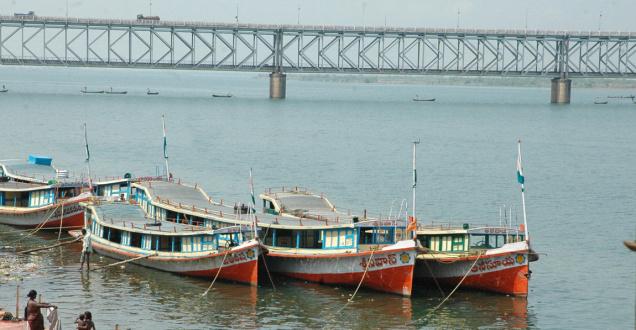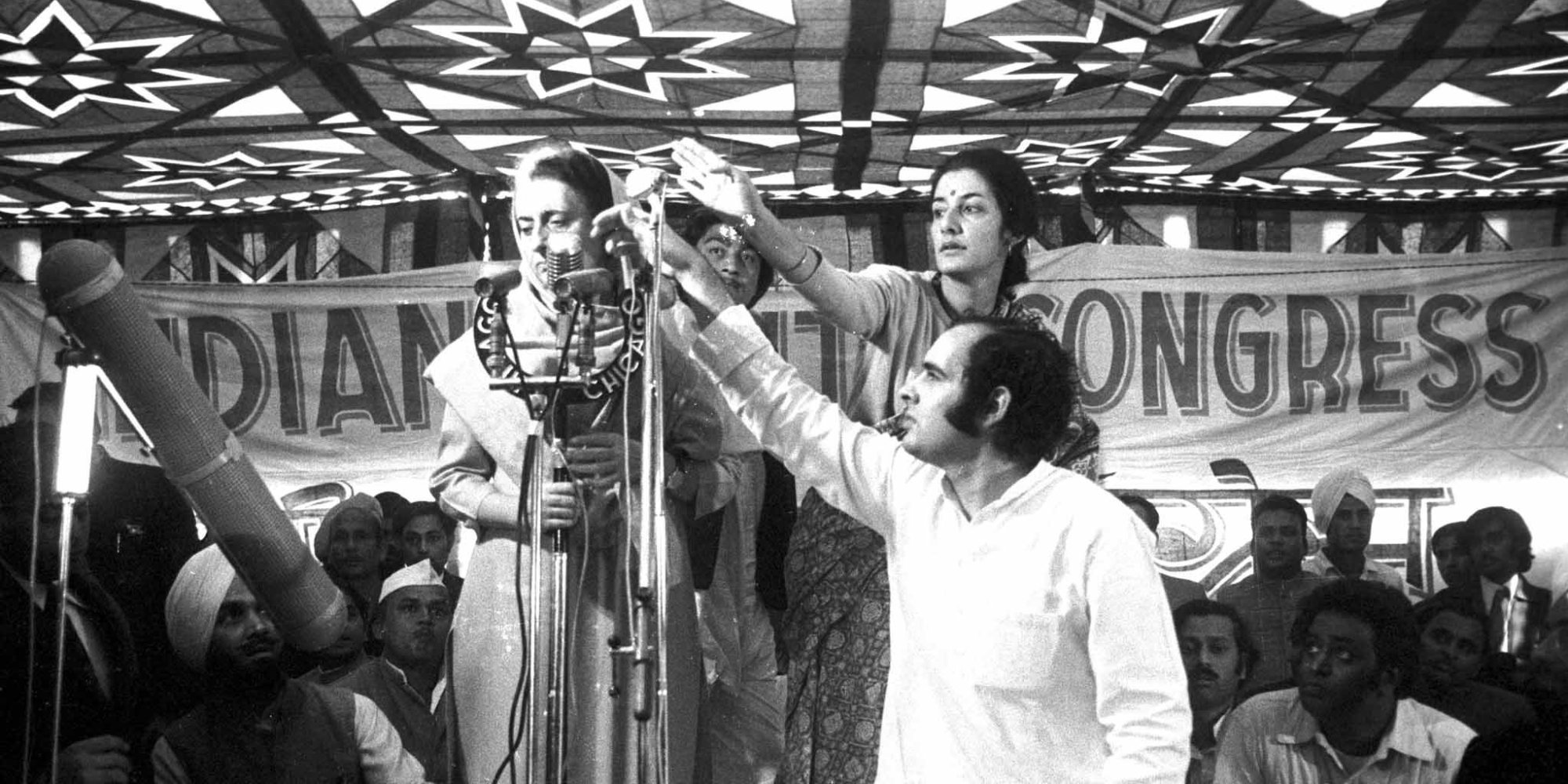- Uttam Kumar Sinha
In April 2016 Parliament approved the National Waterways Bill. This is a significant approval as the Bill provides for enacting a central legislation to declare 106 additional inland waterways as the national waterways in addition to five existing national waterways. The Centre derives the power for the regulation and development of inland waterways, declared by Parliament by law to be national waterways, as provided in the IWAI Act, 1985.
Inland waterways comprising rivers, lakes, canals, creeks and backwaters extend to about 14,500 km across the country. The legislation provides conversion of 15 rivers in West Bengal, 14 each in Assam and Maharashtra, 11 in Karnataka, 12 in Uttar Pradesh, 9 in Tamil Nadu and 6 each in Bihar and Goa and 5 each in Gujarat, Meghalaya, Odisha and Telangana, among others. It also includes plan to convert the Yamuna in Delhi and Haryana into a waterway. Five of the river-stretches, which have been declared as National Waterways, include Allahabad-Haldia on Ganga (1,620 km), Brahmaputra’s Dhubri-Sadiya (891 km), West Coast Canal Kottapuram-Kollam (205 km), Kakinada-Puducherry canals (1,078 km) and East Coast Canal integrated with Brahmani river and Mahanadi delta rivers (588 km).
The passage of the Bill highlights the crucial importance of waterways in the economic development of the country, which for long remained a backburner. Equally important is the fact that the Bill showcases the consultative process of the Centre in allaying fears of the state governments that the new law will infringe upon their rights. The Union Road Transport, Highways and Shipping Minister Nitin Gadkari clearly emphasised that, “the declaration of National Waterways does not restrict the rights of state governments in any way. It only facilitates Government of India in developing the waterway for shipping and navigation. It will not infringe upon their rights on minerals and water etc.”
The National Waterways Bill is a critically important development as India’s trade through the waterways constitutes only 3.5 per cent. In comparison, China’s waterways-linked trade is 47 per cent; 40 per cent in Europe, 44 per cent in Japan and Korea and 35 per cent in Bangladesh. There can be no doubt that inland water development is a cost-effective mode of transportation. Often it has been said that it is far easier and less expensive to transport goods from Mumbai to London than it is from Mumbai to Delhi. In this context, the Minister said that inland waterways cost only 30 paise to move cargo through waterways in comparison to Rs 1.5 through road and Rupee one from rail”.
The Bill also ensures that it is equally environment-friendly especially in protecting the riverine ecology and fisheries and importantly tackling pollution. The techno-economic feasibility undertaken by the Inland Waterways Authority of India (IWAI) and various Environmental Impact Assessments were carried out and the Parliament was appraised before the Bills for declaration were processed. What also comes out strikingly from the passage of the Bill is the will and confidence of the government to fulfil the task. The Minister expressed that once the existing five National Waterways gains momentum, it will “revolutionise” water transport in the country.
Inland Waterways a Tool for Progress
As experienced globally, inland waterways interlink three important issues:
- Tool forindustrial development: The competitive edge of key industries (steel, agro, oil & minerals) on the global market strongly relies on cost-effective inbound and outbound shipments of raw materials by waterways. A positive chain effect is established that can directly benefits non-waterway regions through competitive pricing of end products.
- Tool for economic growth: In densely populated parts of India with strong industry presence, inland waterways will help keep goods moving by avoiding a traffic gridlock when economic growth leads to rising freight volumes again. Investments in waterways infrastructure will serve, besides sustainable transport, regional development and tourism. The ‘neighbourhood first’ approach of the government will get adequate boost by developing India’s inland waterways.
- Tool for sustainable development: Clearly inland waterway transport will reduce negative externalities. Investments in waterways will serve biodiversity and integrated water management.
Plans that enhance the maximization of these three tools will be important. The plan should aim at removing the technical, operational and administrative barriers. Central to the development of the waterways in India, which are spread in different parts, is the aspirations of the people. Therefore, the emphasis must be on simultaneous development of all waterways.
Clearly the social and environmental benefits of inland water transport are potentially high. Reduced fuel consumption, reduced global warming, cheaper goods and services for customers, more fisheries and wildlife, less accidents on road, decongested highways, cheaper travel opportunities for riverine communities are some very immediate benefits. Fishing can become a viable livelihood option again for the riverine communities. Importantly, it will also force cities and towns to reduce untreated sewage into rivers as they will tend to decrease the economic value of the river.
Inland water transport is also a good project for regional cooperation, both in the east and west of India. The Indus river system offers great potential for inland water transport for the northern and north-western states. Likewise, the Ganga system offers for the northern and eastern states and the Brahmaputra for the eastern and north-eastern states. Similarly, the waterways can form partnerships among peninsular states of India.
Conclusion
There are a wide range of benefits provided by inland waterways. These include creation of business opportunities and jobs, and public benefits, such as recreation. Some of the key benefits provided by inland waterways may lie in those areas which are currently not quantified and valued, such as drainage and community benefits including a sense of civic pride. Further evidence on the benefits of green transport opportunities is also required as these may prove to play a significant role in reducing travel carbon emissions. These are high on the government’s agenda.
Thus it is important to conduct further evaluation work in order to provide more values and benefits for a large number of people. How the public perceive and value the benefits of inland waterways will be important and a valuable contribution to peoples’ quality of life. The wider value of inland waterways should be fully appreciated so that important benefits are not missed or that other benefits provided by the waterways network are not compromised.
The Bill declaring 111 national waterways is a farsighted and bold decision. However, the detailed technical, economic and environmental analysis in accordance with the principles of integrated water resources management should continue including taking all stake holders on board. The inland waterways should be accorded the same attention as given to the rail and road.
(The author is a Fellow, IDSA, New Delhi, a columnist and a leading expert on water and rivers)






